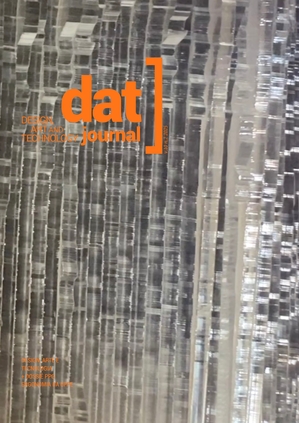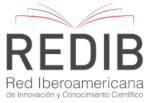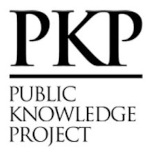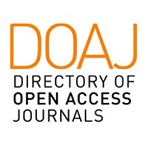From Metal to Jewel: the Artisan’s Path
DOI:
https://doi.org/10.29147/datjournal.v10i2.881Keywords:
Goldsmithing, Jewelry, Jewelry Design, Jewelry MakingAbstract
This article examines jewelry design from a project-oriented perspective, detailing the artisanal goldsmithing process proposed by Spinassé and Cateb (2022). The study outlines five key stages in handmade jewelry creation: melting precious metals to obtain ingots or rilhas; producing metal components through techniques such as rolling, wire drawing, and cutting; assembling the parts using brazing and mechanical fixation; setting gemstones and applying complementary materials with various stone-setting styles; and finally, finishing the piece, including polishing, surface texturing, or electroplating. Drawing on systematic observations in the atelier and supported by specialized literature, the article aims to expand the technical repertoire of jewelry designers by offering practical and conceptual insights into the transformation from raw metal to decorative object. Additionally, the work discusses the evolving distinction between design and production in contemporary jewelry-making, emphasizing the importance of mastering fabrication methods to enhance design quality.
Downloads
References
ELEBRAZ. Pré-ligas para Prata. Disponível em: . Acesso em: 14 jul. 2022.
GARNER, W. E.; REEVES, L. W. The Thermal Decomposition of Silver Oxide. Department of Chemistry. The University, Bristol. 1953. DOI: https://doi.org/10.1039/tf9545000254
GIL, A. C. Como elaborar projetos de pesquisa. 4. ed. São Paulo: Atlas, 2002.
GRIMWADE, Mark. Introduction to Precious Metals. 1. ed. Londres: A&C Black Publishers Ltd. – 2009.
KLIAUGA, A. M.; FERRANTE, M. Metalurgia Básica para Ourives e Designers. 1. ed. São Paulo: Editora Blucher – 2009.
LLABERIA, E. M. L. C. et al. Glossário técnico para o Setor Joalheiro [livro eletrônico]. 1. ed. São Paulo: Ed. dos Autores, 2023.
SALEM, C. Joias – Os Segredos da Técnica. 2. ed. São Paulo: 2000 Joias, Publicações e Cursos. 2007.
SPINASSÉ, M. A.; CATEB, M. Anatomia da joia: componentes metálicos. DAT Journal, v. 7, n. 3, p. 209–236, 2022. Disponível em: https://doi.org/10.29147/datjournal.v7i3.657. DOI: https://doi.org/10.29147/datjournal.v7i3.657
UNTRACHT, O. Jewelry Concepts and Technology. 1. ed. 1982. Londres: Robert Hale Ltd. Reimpressão 2001.
Downloads
Published
How to Cite
Issue
Section
License
Copyright (c) 2025 DAT Journal

This work is licensed under a Creative Commons Attribution 4.0 International License.


























